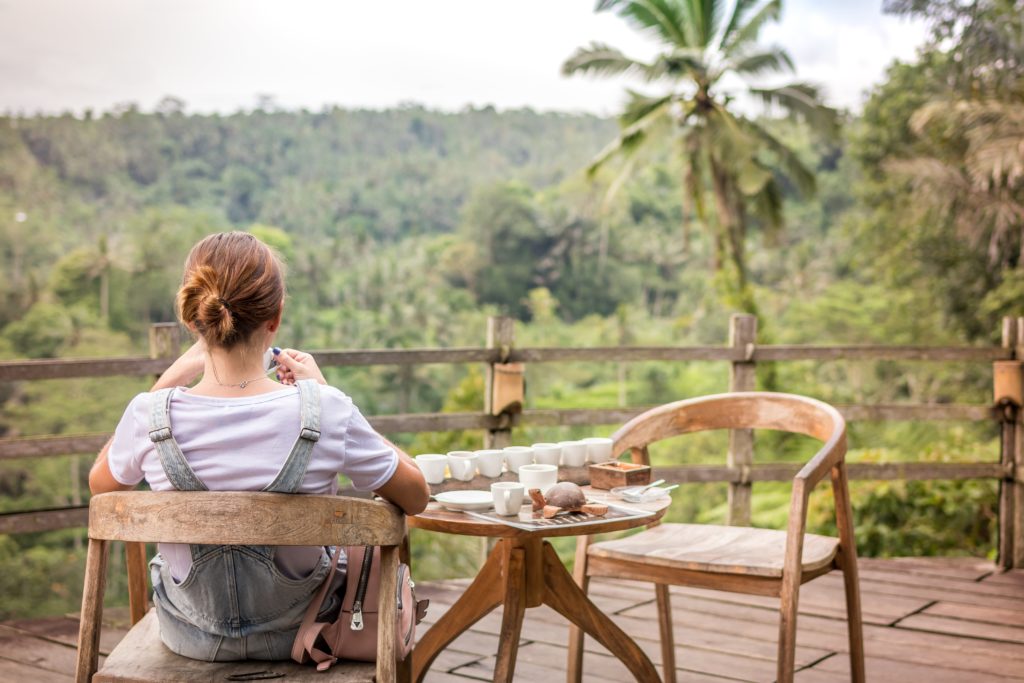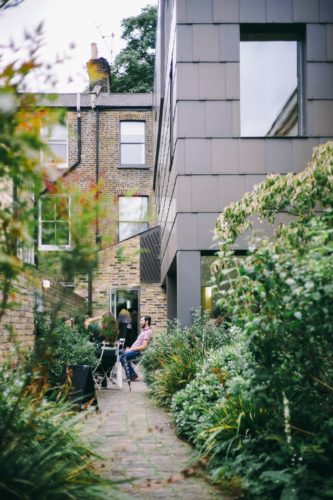Pools, playgrounds, and patios: adding outdoor amenities to living space has been increasingly popular for several years. The demand for outdoor living space is especially strong for Millennials and Baby Boomers, and driving innovations for both renters and homeowners.
Outdoor kitchens lead the top outdoor living trends for single-family homes in 2020, followed by patios, decks, and outdoor living rooms. In multifamily homes, top outdoor features to attract renters include lounge areas, fire pits, rooftop terraces, and walking paths.
Plus, the South and the West of the United States are projected to lead new-home growth in the year ahead–regions with climates that support year-round outdoor activity.
Seeking Respite Outdoors
And as communities continue to address the public health concerns of COVID-19, studies have indicated that outdoor transmission is rare – making outdoor amenities an important consideration for people seeking respite from the coronavirus. As a result, parks have become a popular destination. Yet, some public outdoor spaces are easier to maintain social distance than others – and sidewalks, parks, and trails are often crowded with others eager to get outside the four walls of their home. Many municipalities have closed off high-touch areas like playgrounds and basketball courts.
A new outdoor etiquette has emerged to help people converging on parks and trails to enjoy the exercise and good weather: Be considerate and friendly, wear a mask to protect others, practice physical distancing of six feet or more between individuals.

Health, Wellness, and Fresh Air at Home
With the coronavirus dampening travel plans for many, private outdoor living options offer an optimal combination of nature and fresh air without fears of unwanted social contact. Residents enjoy multiple benefits from enhancements to outdoor living space.
Some of the many advantages include:
- More opportunities for relaxation and exercise. Pastimes such as gardening, walking, and enjoying nature have gained an increased value for many during a time when sporting events, community fairs, and other large gatherings have been reduced, postponed, or cancelled.
- Improving wellness, reducing stress, and improving mood. Outdoor living improves biophilia, which describes how people feel good when they are connected to nature.
- Greater connections to neighbors and communities. Porches, patios, decks, and similar spaces offer compatible, socially-distant options to see people and visit with friends.
- Resale value for homeowners. Investing in outdoor amenities not only adds to personal enjoyment, but are desirable features that often increase home value, too.
- Attracting and retaining renters. Ample outdoor space is likely to be a key attraction for multifamily properties, possibly even more so than using the space to build larger units.

The Shape of Things to Come
The design of homes, community spaces, and cities have long been influenced by public health and efforts to minimize the risk of infectious disease.
Street grids for cities emerged after cholera outbreaks in the 1800s, when crooked, unpaved streets caused pooling infected water. It turned out that straighter streets could accommodate long pipes to move water and waste in a more sanitary mode.
A century ago, in the early 20th century, architect Richard Neutra designed the Lovell Health House in Los Angeles for physician Philip Lovell for a lifestyle of health and wellness with a soaking pool, avocado trees, huge porches, and a roofdeck– patterned after buildings designed to cure tuberculosis.
Now, people are increasingly identifying residential outdoor space, such as a patio or yard, as features that have gained more importance during the pandemic. What will outdoor living spaces look like in a post-pandemic future?

- Healthy buildings: more rooftop terraces, balconies and courtyards to help improve health through the built environment. These features also add to private outdoor space, allowing residents to enjoy fresh air without anxiety about virus transmission.
- Zoning updates: Communities may revise restrictive zoning laws that can set maximum size limits for private outdoor spaces in multifamily buildings, or discourage developers from building functional balconies.
- A hot market for outdoor furniture, grills, and outdoor fireplaces: Putting an emphasis on the living—and eating–outdoors, demand for outdoor products is forecast to expand 3.8% annually to nearly $12 billion in 2024 according to The Freedonia Group, a Cleveland-based research firm.
While the pandemic has upended many things, enjoying the outdoors doesn’t need to be one of them. Whether a leafy home in the suburbs or a large apartment building in the city, there are many ways to design outdoor areas to expand living spaces for health, relaxation, and recreation.
Deborah Myerson is Principal of Myerson Planning & Development Consulting and Executive Director at South Central Indiana Housing Opportunities (SCIHO) in Bloomington, Indiana.

